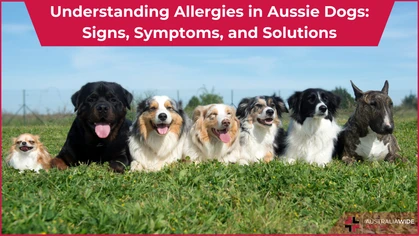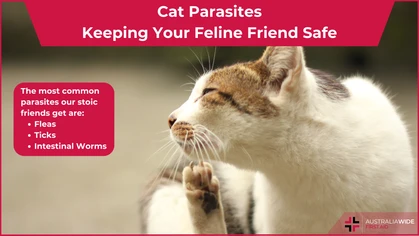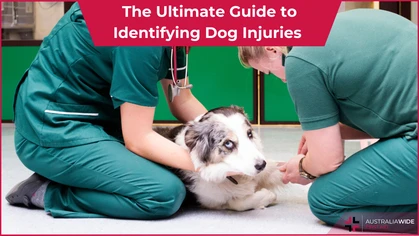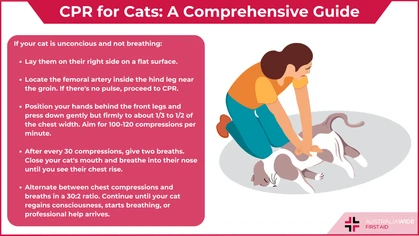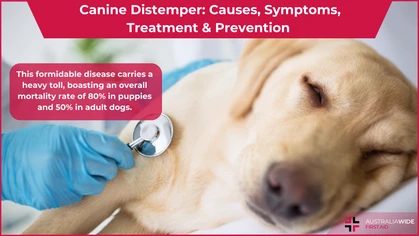Pet First Aid: Preventing Heat-related Illness in Dogs

Pets
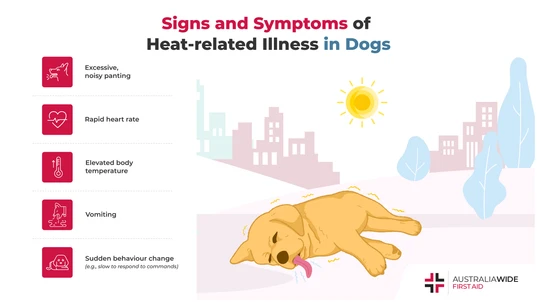
Like humans, dogs can experience heat-related illness, including heat stroke. Every pet owner should know how to keep their dog cool. Without prompt treatment, heat-related illness in dogs can lead to organ damage.
Heat-related illness refers to the spectrum of symptoms that occur when a dog’s body temperature rises above the normal range necessary to maintain homeostasis in the body. Heat-related illness occurs in dogs much as in humans – because of exertion or a hot environment accompanied by the inability to cool the body properly. Both humans and dogs use techniques of evaporative cooling. Humans sweat—dogs pant.Incidence
Although heat-related injuries account for a low percentage of clinic visits (only about 0.04%, according to this study in 2016), the fatality rate is high. One study reports a fatality rate of 14%. In other words, heat-related illness requiring clinical care is not very common, but it is very serious. Associated risk factors include breeds with brachycephalic skull shape (e.g., chow chow, bulldogs, pugs), being overweight for age and breed, having a healthy weight over 50 kg, and having dense hair coats. It is essential that, as a pet owner, you are equipped to recognize the signs and symptoms of heat-related injury, provide first aid, and seek professional veterinary care.Types of Heat-related Illness
Heat stress, heat exhaustion, and heat stroke are often used interchangeably for this type of illness. There is currently no reliable or widely accepted way to differentiate between the three conditions. In general, the three conditions represent the advancement of heat-related injury and its impact on organ function, with heat stress meaning the smallest impact and heat stroke representing the most significant impact. A dog may suffer from exertional or non-exertional illness. Exertional heat-related illness occurs when body temperature elevates beyond normal limits for extended periods because of strenuous exercise. Dogs’ bodies are capable of strenuous physical activity. But, on sweltering and humid days, they may not be able to cool down efficiently even after resting. Non-exertional heat-related illness usually occurs because of environmental factors. Dogs that are left in cars in the sun, tied up outside on especially hot and humid days, or kept inside without air conditioning for long periods can experience heat-related illness.Signs and Symptoms
The following are common signs and symptoms of a dog experiencing illness. Note that some dogs will compensate for a long time before showing symptoms.- Excessive, noisy panting
- Rapid heart rate
- Elevated body temperature
- Vomiting
- Sudden behavior change (slow to respond to commands, lethargic, etc.).
First Aid Treatment
When approaching treatment for heat-related illness in dogs, think: calm and cool. Start by relocating the dog to a calm environment with low stimuli and a cool ambient temperature if possible. Encourage the dog to rest while you work to cool its body. The dog will work to cool his own body by panting and releasing heat via evaporation. Their bodies also redirect the blood supply to their extremities. So, pouring cool water over the legs, paws, ears, and body will help cool them. If pouring water stresses the dog, you can try wrapping him in cooled towels. Other options include:- Offer ice water to drink
- Wrap paws in a cold towel
- Direct a fan towards their wet body
Prevention
The approach to preventing heat-related illness depends on your pet’s environment. If you are spending time outdoors with your dog, ensure they have access to water and shade. If they exercise on hot and humid days, provide frequent rest and water breaks. Keep their paws off the pavement in the sun. If you have a flat-faced breed, consider limiting time outside on very hot days. Bring along an insulated water bottle full of cold water to give the dog. If your dog stays at home and you live in an environment prone to heat waves or power outages, consider investing in an alarm system that will notify you if your home’s temperature rises above a certain level. These are often included in home security systems. Lastly, do not keep your dog tied to a lead in the sun on hot and humid days. They must have access to shade and water to be safe. On hotter days, the only safe space is indoors. If you want more information on pet first aid, check out our resource library.
Originally published at
https://www.australiawidefirstaid.com.au/resources/preventing-heat-related-illness-in-dogs
as part of the Australia Wide First Aid Articles Library
